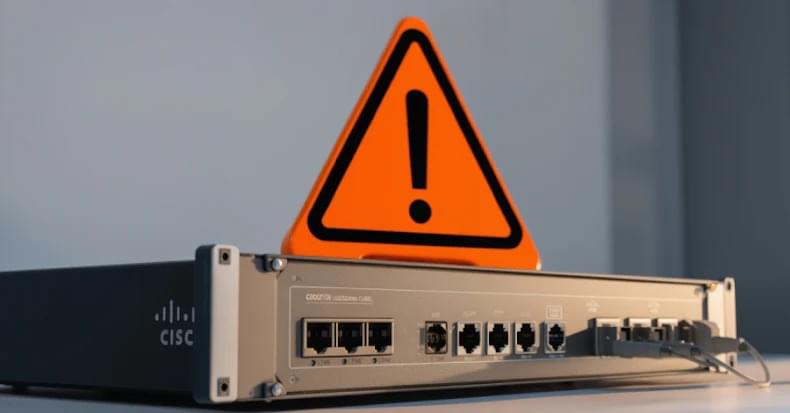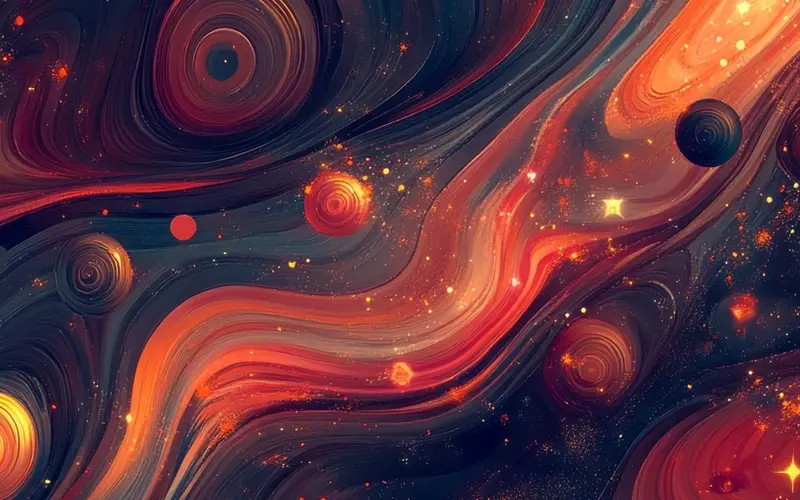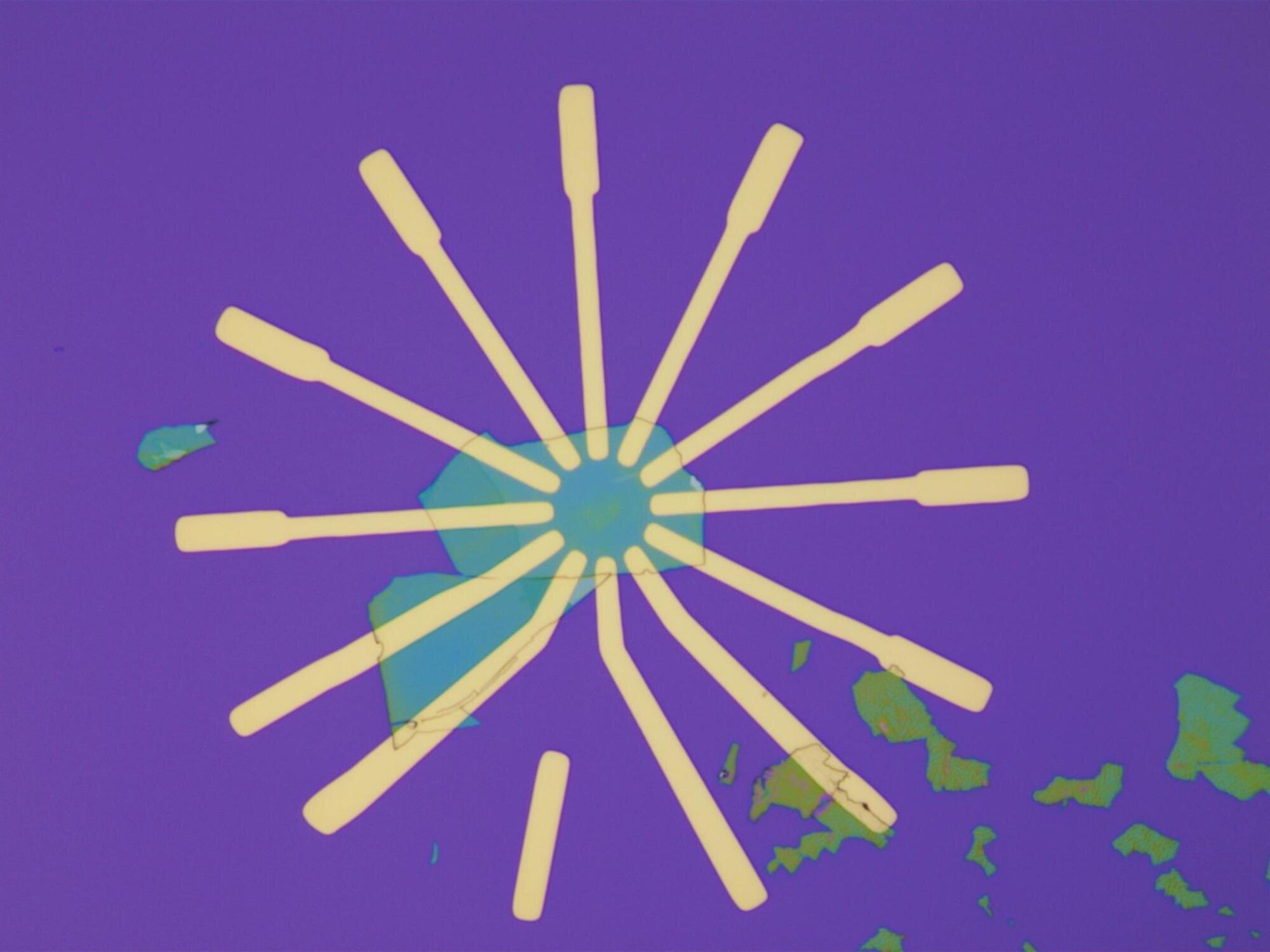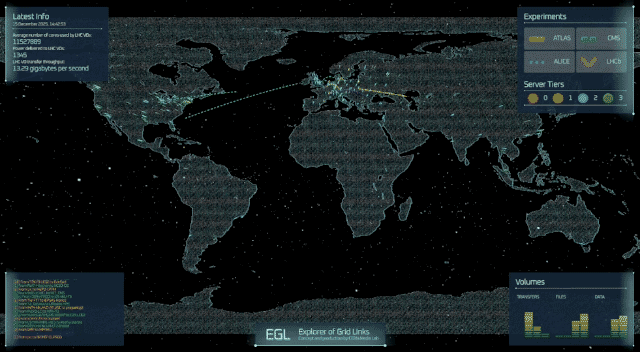For the first time, researchers in China have demonstrated a high-temperature superconducting diode effect, which allows a supercurrent to flow in both directions. Published in Nature Physics, the team’s result could help address the noisy signals that pose a fundamental challenge in quantum computing.
A diode is a device that shows an asymmetric electrical response, allowing current to flow more easily in one direction than the other. Until recently, diode behavior had only been observed in conventional, non-superconducting electrical systems—but in 2020, a team of researchers in Japan became the first to demonstrate the diode effect in a superconductor. Ever since, this effect has gained increasing attention for its potential in practical quantum computing.
“However, most of the reported superconducting diodes work at low temperatures around 10 Kelvin, and often require an external magnetic field,” explains Ding Zhang at Tsinghua University and the Beijing Academy of Quantum Information Sciences, who led the research. “The diode efficiency is also low for many superconducting diodes.”









